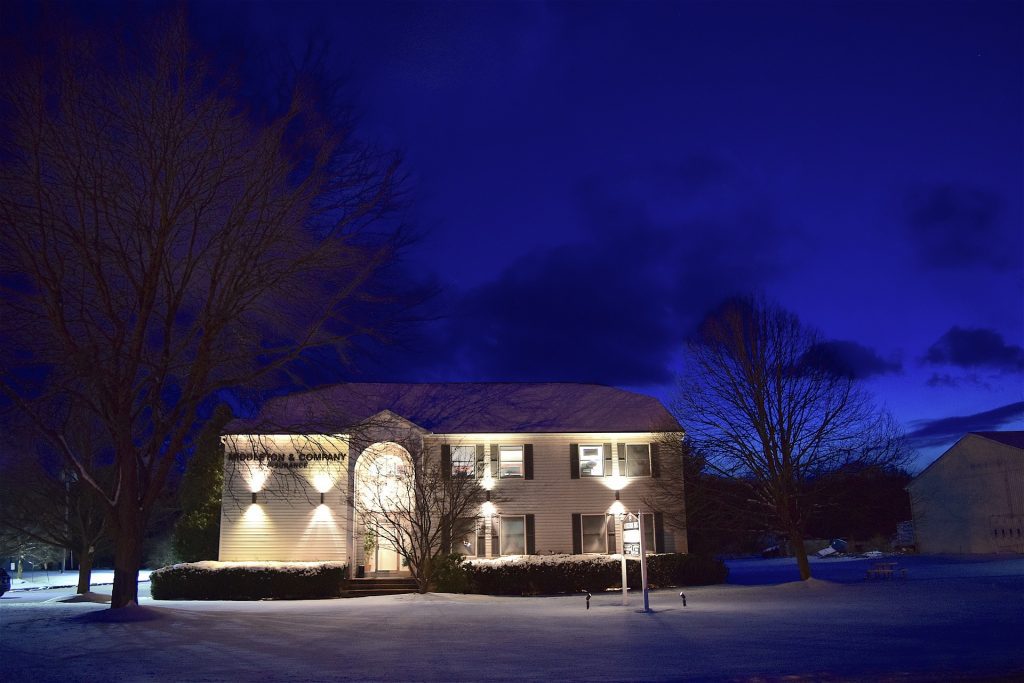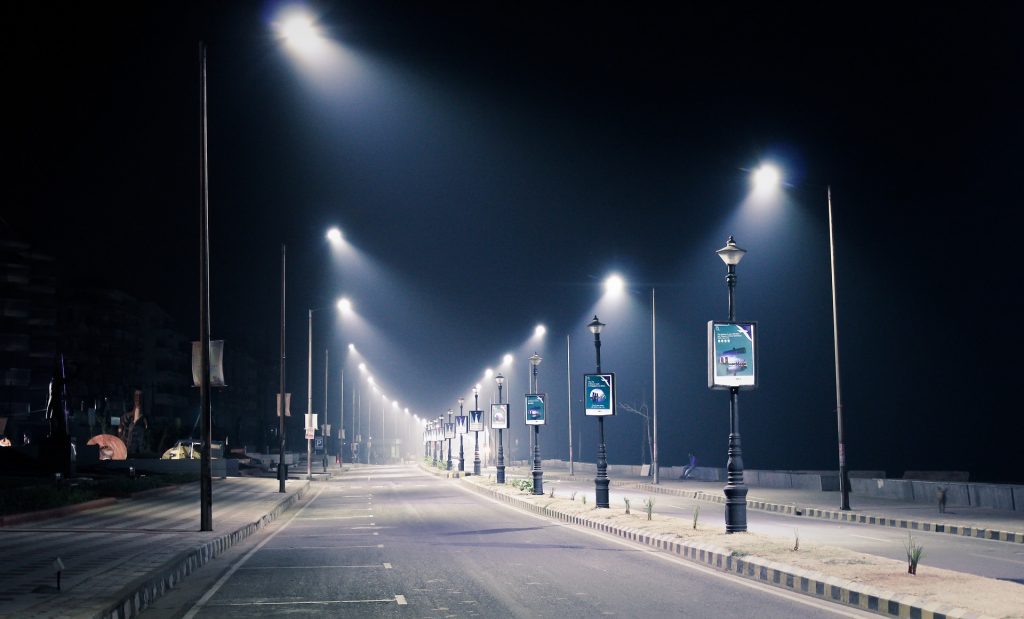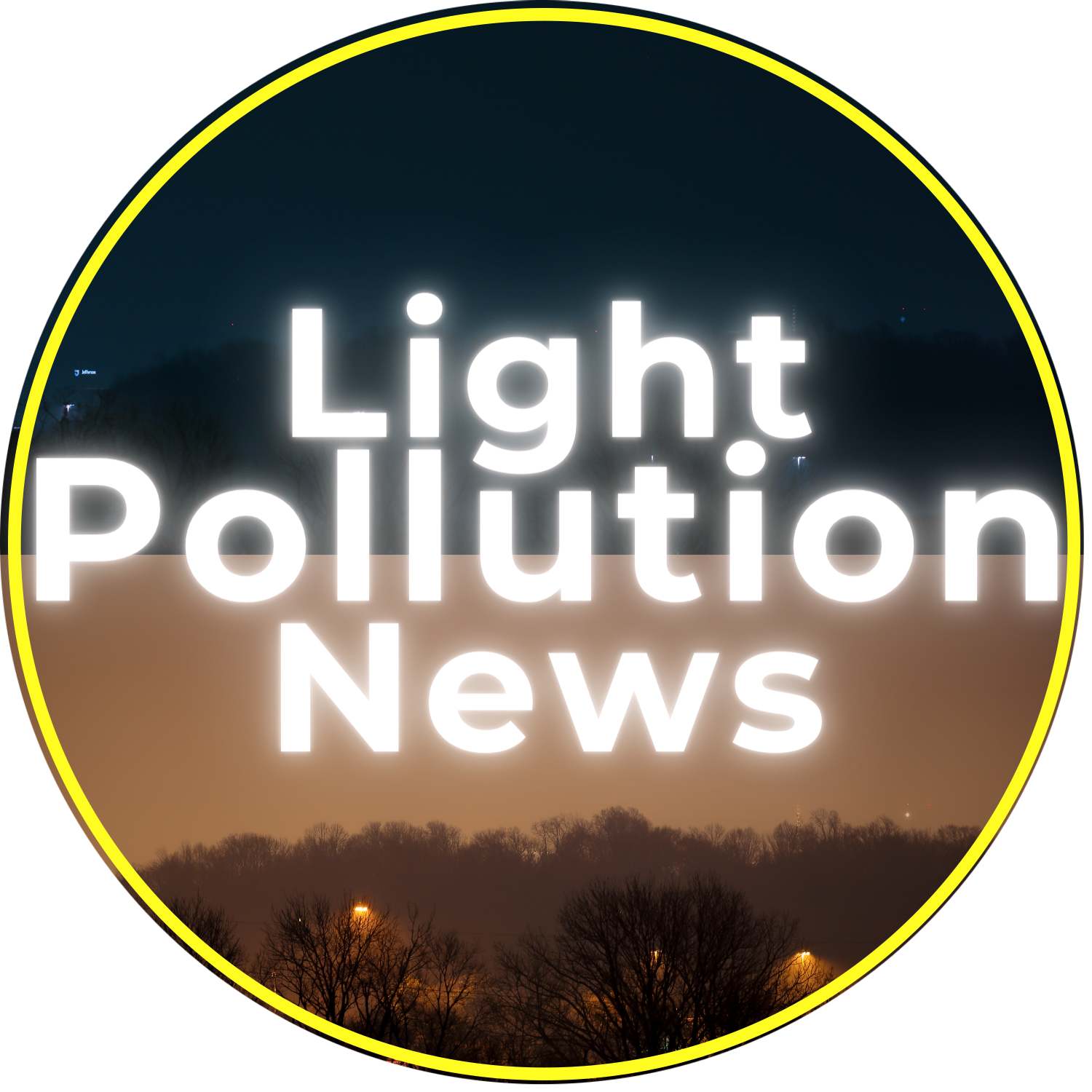When walking outside at night and looking up at the night sky, you might see less than one hundred stars in urban areas, or up to thousands of stars in rural areas. Unfortunately, most of us live under light-polluted skies and we don’t all have the privilege of seeing thousands of stars every night.

The best ways to reduce light pollution are to shield all outdoor light sources and aim them down, to use motion sensors or timers on outdoor lights, and to use lights only when and where they are needed.
What is Light Pollution?
Light pollution is the inappropriate or excessive use of artificial light. Like all pollutants, this has negative effects on human health, the environment, and the economy.
This is what causes the brightening of the night sky over cities and urban areas and reduces or eliminates our view of the stars.
For more detailed information on light pollution check out our article What Is Light Pollution?
Effects of Light Pollution
Light pollution has negative effects on human health. Bright lights, specifically blue light, negatively impact our melatonin production which disrupts our circadian rhythm creating a cascading effect of health issues.
Light pollution has negative effects on the ecosystem including disrupting animals at night (think of the issues it causes for sea turtles), and it has negative effects on the economy, estimated to be approximately $3.3 billion, just in the US, in wasted light and energy.
What causes light pollution?
The cause of light pollution is artificial light at night, (people in the industry commonly use the acronym ALAN). These are usually outdoor electric lights and can include street lights, building lights, lights from parking lots, front porch lights, and countless other light sources.

10 Easy Ways to Reduce Light pollution:
Light pollution is the most easily reversible forms of pollution and there are several steps everyone can take to decrease their contribution to light pollution.
1. Take an inventory of your outdoor lights. Ask yourself about each light:
- What purpose does this light serve?
- Is it necessary?
- If it is necessary, can the light be shielded or placed on a timer?
Completing this inventory will give you a good idea of how much light you need, and what outdoor lights you might be able to do without.
2. Replace outdoor light fixtures with shielded lighting fixtures and ensure that all light fixtures are aimed down towards the ground.
The International Dark-Sky Association recommends that all outdoor lighting fixtures be shielded and aimed downward.
This will prevent light trespass which is light going where it is not needed or not welcomed (when your light shines into your neighbor’s windows for example) and it will prevent the light from going upwards contributing to sky glow (this is what obscures your view of the Milky Way).
We have a great article here for some great ideas for dark sky friendly light fixtures.
3. Use motion sensors or timers for outdoor lights.
This will not only prevent unnecessary light use and cut down on light pollution, but it is also a great way save on energy.
Using lights only when needed is also beneficial for wildlife. Many animals need the darkness and the cues of the light-dark cycle for migration, reproduction and for feeding.
4. Switch to LED lightbulbs.
LED light bulbs will improve your energy efficiency and will provide better visibility with fewer lights. They can be brighter than other types of light bulbs, so look for ones with a lower brightness.
5. Turn off indoor lighting that is not necessary.
Indoor lighting can also play a role in light pollution as this light will escape out your windows into the surrounding area. Another bonus is that turning off unnecessary indoor lights will also cut your energy costs.
6. Use warm colored bulbs for outdoor lights.
When outdoor lights are needed, warmer colored light bulbs are preferred as blue light tends to have a greater negative impact on humans and wildlife.
White light bulbs tend to have a lot of blue light in them, and warmer colored light bulbs will appear more yellow or orange.
7. Close curtains and drapes at night.
You can prevent some light trespass by closing your curtains or drapes at night. This will help to prevent your indoor lighting from escaping and trespassing outdoors where it is not needed.
In the Eastern US, fireflies are a common sight in the summer, and keeping your light contained is beneficial to their success. Light pollution can negatively affect firefly reproduction by interfering with their mating displays.
8. Use dimmable light bulbs.
Having dimmable outdoor light bulbs gives you greater control over the intensity of the light that you are using. You will probably be surprised by how little light you actually need. This also gives you the option to raise the brightness when it is needed and lower it when it is not.
9. Choose lights with lower intensity (lumens).
Choosing a light bulb with the right amount of light is important. When using outdoor lights, you only want to light up a specific area, and choosing the right intensity bulb is key.
Light bulb intensity is measured in lumens, which is the brightness of the light. For most outdoor lighting needs, you don’t need anything over 700 lumens.
10. Advocate to your local town or city government about the importance of reducing light pollution.
The International Dark Sky Association has some great resources for how to approach this issue in your community. Your community may already have a lighting ordinance that needs to be updated or enforced, or they may not have one at all. These resources will help guide you as you start down this path.

When many individual households work to make small changes, it can make a big difference in protecting our dark skies. The best way to help reduce light pollution is to start at home.
Assess your current outdoor lighting and look for areas for improvement. Luckily there are a lot of great lighting options available to help improve your outdoor lighting.
Once you have worked on your own light pollution issues, you will have more insight and knowledge to start to bring these issues up within your community and can create even greater impacts.
To stay up to date on all things light pollution related, check out and subscribe to our podcast Light Pollution News. We have a new episode every month bringing you the latest news and research about light pollution. You can find it on your favorite podcast platform.


